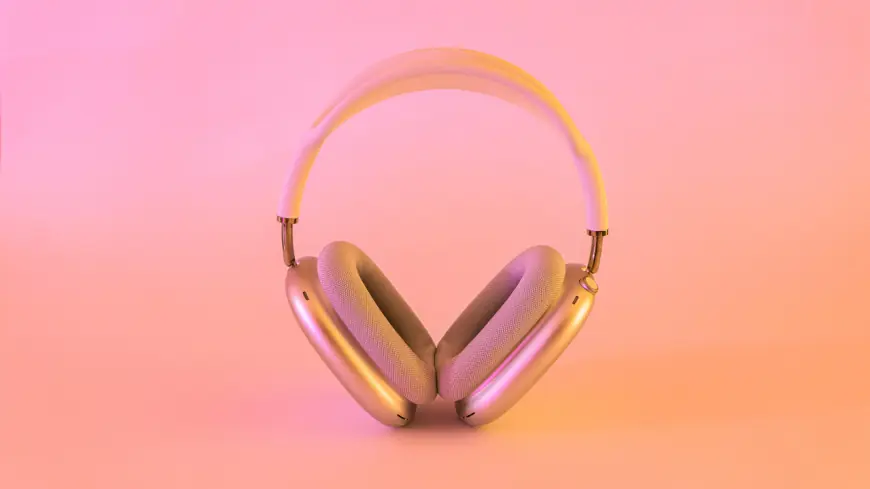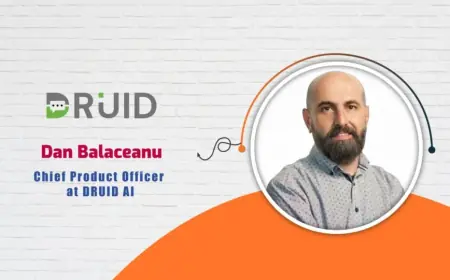Spotify Playlists and You: A Guide to Effective Music Submission

Spotify playlists are an essential tool for musicians seeking to expand their reach. With millions of users tuning in daily, these curated collections of tracks provide an unparalleled platform for discovery and growth. As a musician, learning how to submit music to Spotify playlists effectively can be the turning point in your career. This comprehensive guide walks you through every step of the process, ensuring you can confidently navigate the world of playlist submissions.
The Power of Spotify Playlists
Spotify playlists are more than just a way to share music; they are an ecosystem that shapes how audiences discover new artists. Whether it’s editorial playlists curated by Spotify’s in-house team, algorithmic playlists generated based on listening habits, or user-created playlists shared within communities, each offers unique benefits for musicians. Landing a spot on a playlist can increase your streams, improve your visibility, and potentially lead to long-term growth in your fan base.
By being featured on a playlist, your music becomes part of listeners' daily routines. A single placement can lead to hundreds or even thousands of new listeners discovering your sound. For independent musicians and even established artists, this exposure is a vital stepping stone to success in today’s music industry.
Preparing Your Materials for Submission
Before diving into the submission process, it’s crucial to have your materials ready. Spotify curators, whether editorial or independent, expect a level of professionalism that reflects your commitment to your craft. Start with your track itself: ensure it is professionally mixed and mastered. The quality of your music will be the first thing curators evaluate.
Your artist profile on Spotify is another key component. Make sure it’s complete with high-quality images, a compelling bio, and links to your social media channels. A well-crafted profile not only looks professional but also gives curators confidence in your ability to engage with an audience. Additionally, if you have an Electronic Press Kit (EPK), include it as part of your submission. This document should feature your bio, key achievements, and links to your music and performances.
Finding the Right Playlists
Not all playlists are created equal, and targeting the right ones is essential. Start by identifying playlists that align with your genre and style. Look for playlists that feature music similar to yours and analyze their tracklists to understand the curators' preferences. Tools like Chartmetric or Playlist Supply can help you find suitable playlists and gather insights about their curators.
While editorial playlists are often considered the gold standard, don’t overlook user-curated and independent playlists. These often have highly engaged audiences and can serve as a stepping stone to larger opportunities. By starting with smaller, niche playlists, you can build momentum that may eventually catch the attention of bigger curators.
How to Submit Your Music to Spotify Playlists
For Spotify’s editorial playlists, the submission process is straightforward but requires precision. Use the Spotify for Artists platform to submit your unreleased track. Fill out all required fields, including genre, mood, and cultural context. Be descriptive yet concise, focusing on what makes your track unique and relevant to the playlist.
When reaching out to independent curators, take a personalized approach. Find contact information through social media or playlist descriptions and craft a message tailored to the curator’s interests. Highlight why your track is a great fit for their playlist and include a link to your Spotify profile. Avoid spamming curators with generic messages, as this will likely result in rejection.
Tracking Submission Outcomes
After submitting your music, it’s important to track the results. Spotify for Artists provides valuable analytics to help you understand how listeners are engaging with your music. Pay attention to metrics like streams, saves, and playlist adds to gauge the success of your playlist placement.
For submissions to independent curators, follow up politely if you haven’t received a response within a reasonable timeframe. Use their feedback, whether positive or negative, to refine your submission approach for future opportunities.
Collaborating with Other Creators
Collaboration can be a powerful strategy to boost your chances of playlist success. By working with other musicians or content creators, you can tap into new audiences and increase your exposure. Collaborative playlists, where multiple artists contribute tracks, are another way to gain visibility. When your collaborators share the playlist with their audience, your music gets introduced to an entirely new listener base.
Networking with other creators also opens doors to opportunities you might not have found on your own. Attend industry events, engage with fellow artists on social media, and be open to partnerships that align with your brand and musical style.
Conclusion
Submitting music to Spotify playlists is an art that requires preparation, strategy, and persistence. From crafting a professional submission to building relationships with curators, every step in the process brings you closer to your goal. Remember, success doesn’t happen overnight, but with consistency and determination, you can unlock the full potential of Spotify playlists.
Take the time to refine your approach and start targeting playlists that align with your vision. The opportunities are endless, and every placement is a step toward a brighter future in your music career.
Related Articles:
For further reading, explore these related articles:
For additional resources on music marketing and distribution, visit Deliver My Tune.
What's Your Reaction?
 Like
0
Like
0
 Dislike
0
Dislike
0
 Love
0
Love
0
 Funny
0
Funny
0
 Angry
0
Angry
0
 Sad
0
Sad
0
 Wow
0
Wow
0



















































